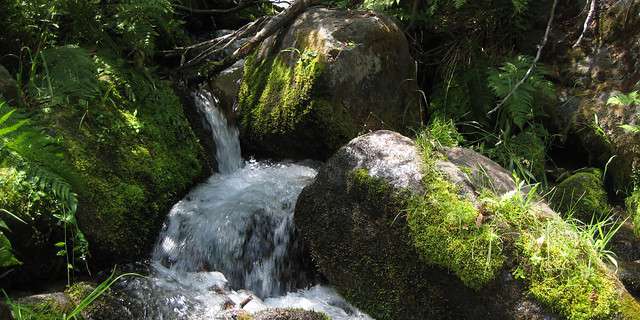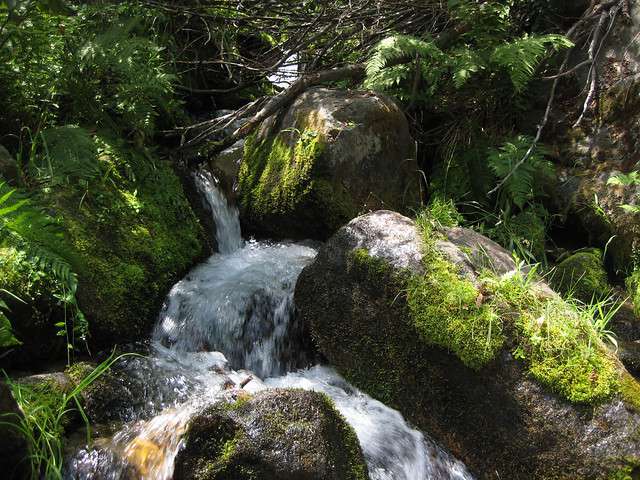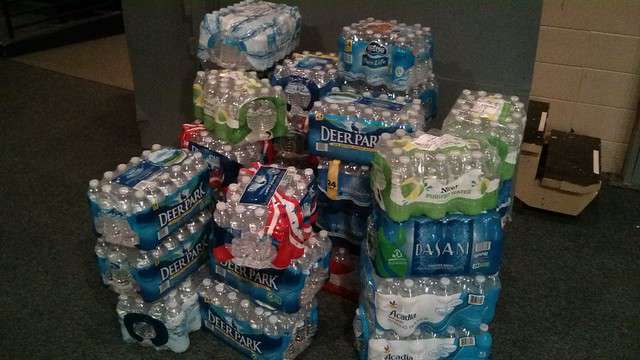
Have you ever been out in the wilderness and had to rely on natural sources of water? If you have then you know that it is a bad idea to consume still water that’s been sitting in a pond or a lake. The lower the elevation, the higher the chance of contracting a stomach bug. It’s prudent to treat any water from a stream or lake with an iodine tablet, but here’s the catch. Water that’s been treated with iodine looks far less appealing than the sparkling water that nature has offered up to you. It’s hard not to take a sip of it; though, in the end, you’ll be by your toilet regretting your life.
Watercolor, or the lack-there-of, has an effect on people’s perception of its cleanliness and drinkability. That’s why bottled water manufacturer’s know how that their brand’s success relies on consistently providing customers with transparent and colorless products.

But it looks so fresh and drinkable! Image Credit: Flickr User tobo



